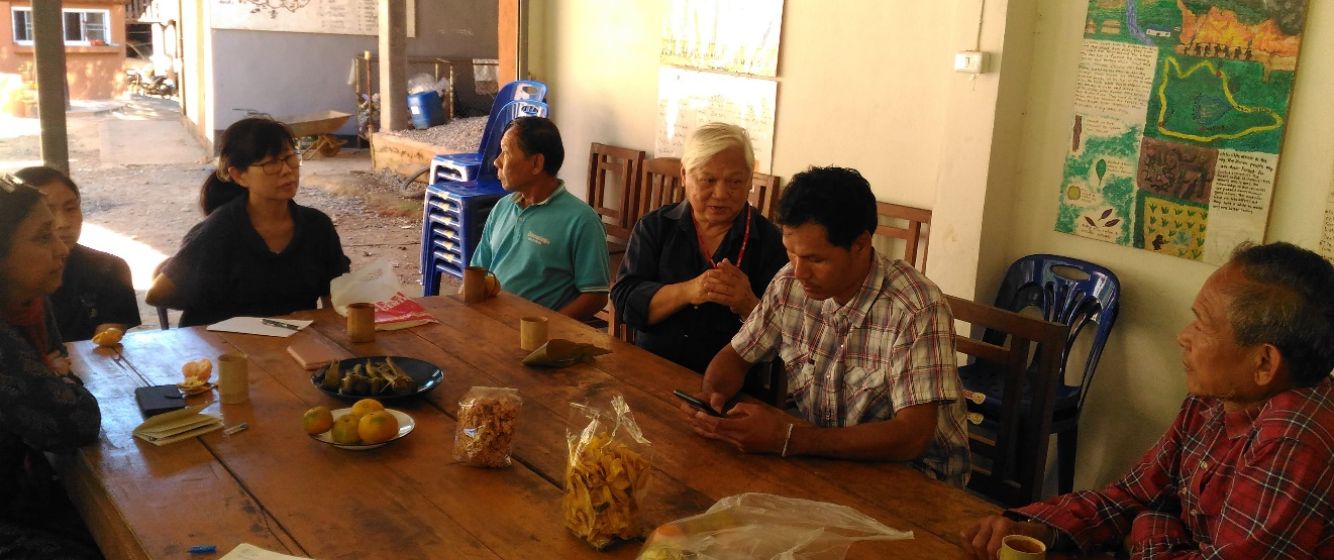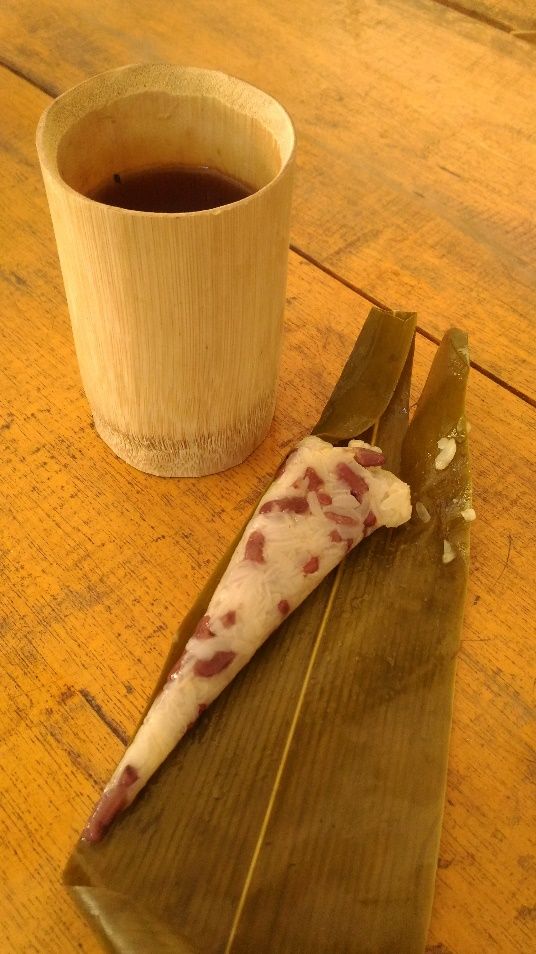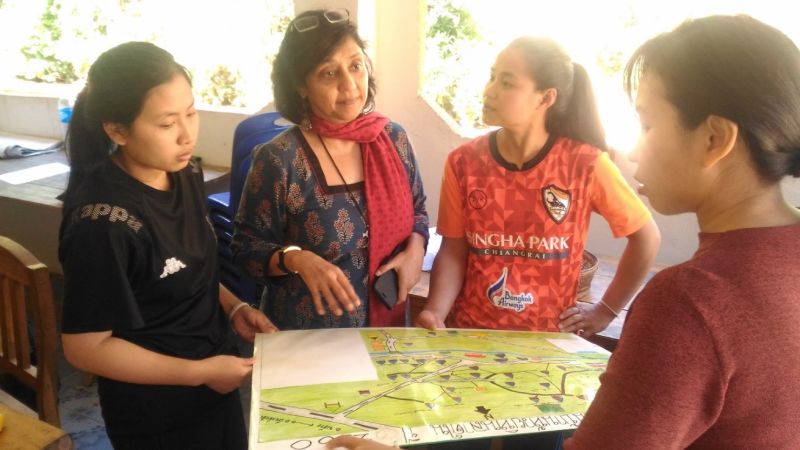
Figure 1: Community elders joined the meeting to share their experiences and ideas on the project
A visit to the village of Hin Lad Nai
On January 29th 2018, Aarti Kawlra, the Academic Director of the HaB project and Chiang Mai University team of Dr. Chayan, Dr. Malee, Dr. Siya and Ms. Orraya had a meeting with community research team from the village of Hin Lad Nai. The community research team comprises of a group of youth and community’s elders.
By Siya Uthai
The community elders explained that their local knowledge has been passed down in the community for a long time, from generation to generation. However, the local people weren't familiar with techniques of documentation and thus working with CMU was a good opportunity for the community as the university and its scholars would support them. The main objective of CMU's project under HaB includes manuals for disseminating the way of life of the Hin Lad Nai community authored by the community themselves. The first part of this are community maps, some of which have already been completed by the community. The community team will add more details about the overall space usage and management onto their existing map.

Figure 2: Local tea and red bean-sticky rice in papyrus leaf served in the meeting

Figure 3: Mr. Chai-Tawat and Dr. Chayan explaining the big map that was produced by collaboration of Hin Lad Nai community, NGOs and governmental units

Figure 4: The Hin Lad Nai youth group explaining the village map made by the youth
The big map above was used as evidence of the actual practices of the community in the forest areas and become the prototype model for the cabinet resolution on 3rd August 2010. The resolution supported the Karen’s way of life in cultural and resource management aspects. Rotational farming is essential to understand the system of communal land use and ownership in practice. In a system of rotational farming, no one can receive individual ownership. All community members are able to work in an area with a site rotation of approximately 5-10 years per round. Each household needs to discuss the purpose of usage as some areas are suitable for perennial plants, while other areas serve for crops. Other working tasks in the community - for example, beekeeping, coffee planting - are initiated by a mutual consent. Coffee plants can grow in the forest and their flowers are food sources for wild bees. Humans can utilize their natural products for sale while ensuring that the ecological systems in the forest are not demolished. Both coffee and honey are community products, so individuals who sell these products can gain their own income but they have to donate 30% of that income to the community fund to maintain the forest and environment. All community members have mutual responsibilities with regard to forest maintenance which include fire-breaking every year and water source management.
Seed collection for the next season of cultivation is a traditionally a woman's a role. Therefore, women are the main resource to share knowledge of seeds and plants in various functions. For example, Hom or indigo can be used as the medicine as well. When talking about the youth’s expectation for the project, they see it as the stepping stone to do their own projects after learning the methodology and data collection techniques. They also see their project’s manuals as evidence and references for visitors of the future to learning about the Hin Lad Nai community. They declare that local knowledge from the ancestors need to pass on to the next generation. Many communities face the obstacle of communicating knowledge from elders to subsequent generations that have resulted in misunderstanding traditional practices.
Siya Uthai